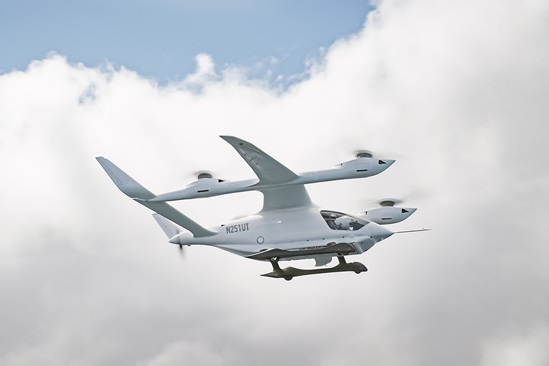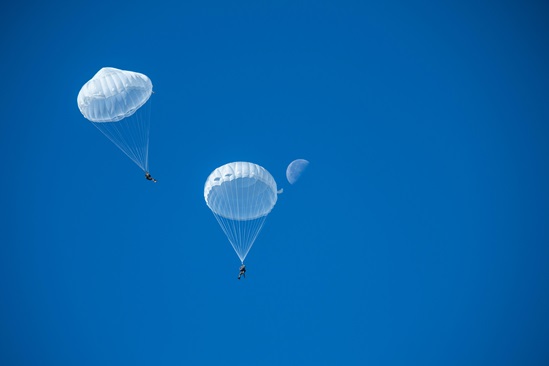New electric records ratified
Walter Extra has further cemented his status as a legendary figure in aviation, setting a new world electric airplane speed record in March to go with the electric time-to-climb mark he set in November.
Extra’s 330LE is powered by a nearly silent, 110-pound electric motor made by Siemens that produces 260 kilowatts, equivalent to 348 mechanical horsepower. The 330LE first flew in July 2016 and began breaking records in November.
Fellow German aerobatic pilot Walter Kampsmann flew the same airplane at a heavier weight, setting the 3-kilometer speed mark with a takeoff weight between 1,000 and 1,750 kilograms at 185.1 knots (342.86 kilometers per hour, 213 mph), a record ratification also announced April 4 by FAI and Siemens.
FAI, the world’s arbiter of air sports, noted in its news release that Extra launched his Extra 330LE at 9:15 a.m. on March 23 from Schwarze Heide Airport near Dinslaken, Germany, where the earlier record-setting flights also had been made. Extra made four passes along a predetermined course, at an altitude between 1,300 and 1,600 feet. GPS data was recorded by equipment on the aircraft and used to confirm the speed.
Kampsmann then launched at 3 p.m. and flew the same four runs through the same speed course.
Extra used the Siemens motor, along with a battery system that gives the 330LE endurance of 15 to 20 minutes, according to the FAI press release, to topple an electric speed record previously held by American Chip Yates.
Extra once again strapped into his 330LE on March 24, a day after setting the speed record, to tow a glider to 1,968 feet (600 meters) in 76 seconds. Frank Anton, head of eAircraft at Siemens, said in a press release that the 330LE with the Siemens motor is both demonstrating the potential of electric power in aviation, and serving as a test bed for a motor with a future on much larger aircraft.
"Just six such propulsion units would be sufficient to power a typical 19-seat hybrid-electric airplane,” Anton said of the record-setting motor.
Siemens and Airbus are working together to scale hybrid-electric propulsion up to regional airline size.
"By 2030, we expect to see the first planes carrying up to 100 passengers and having a range of about 1,000 kilometers," Anton said.
FAI Deputy President Alvaro de Orleans Borbon is scheduled to present the FAI World Record Diplomas to the pilots on April 8 in a ceremony at the Siemens booth at Aero Friedrichshafen.





